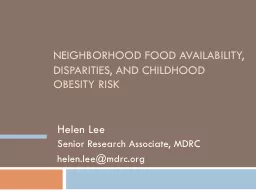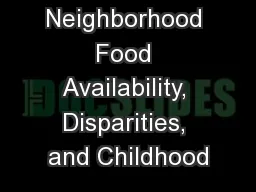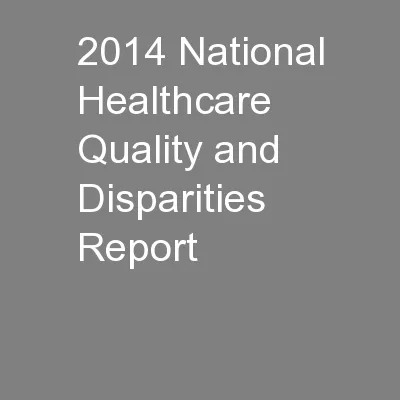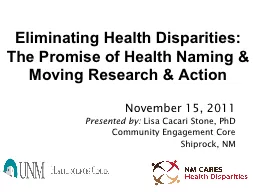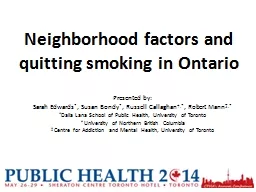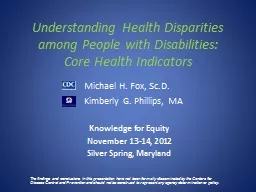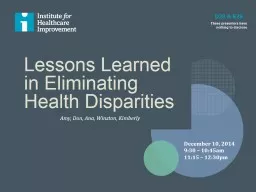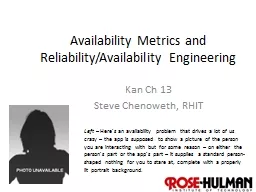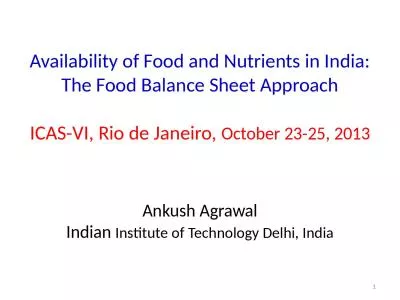PPT-Neighborhood Food Availability, Disparities, and Childhood
Author : calandra-battersby | Published Date : 2017-03-25
Helen Lee Senior Research Associate MDRC h elenleemdrcorg Scientists Sound the Alarm on Obesity Early 2 It is clear that weight control is a major public health
Presentation Embed Code
Download Presentation
Download Presentation The PPT/PDF document "Neighborhood Food Availability, Disparit..." is the property of its rightful owner. Permission is granted to download and print the materials on this website for personal, non-commercial use only, and to display it on your personal computer provided you do not modify the materials and that you retain all copyright notices contained in the materials. By downloading content from our website, you accept the terms of this agreement.
Neighborhood Food Availability, Disparities, and Childhood: Transcript
Download Rules Of Document
"Neighborhood Food Availability, Disparities, and Childhood"The content belongs to its owner. You may download and print it for personal use, without modification, and keep all copyright notices. By downloading, you agree to these terms.
Related Documents

